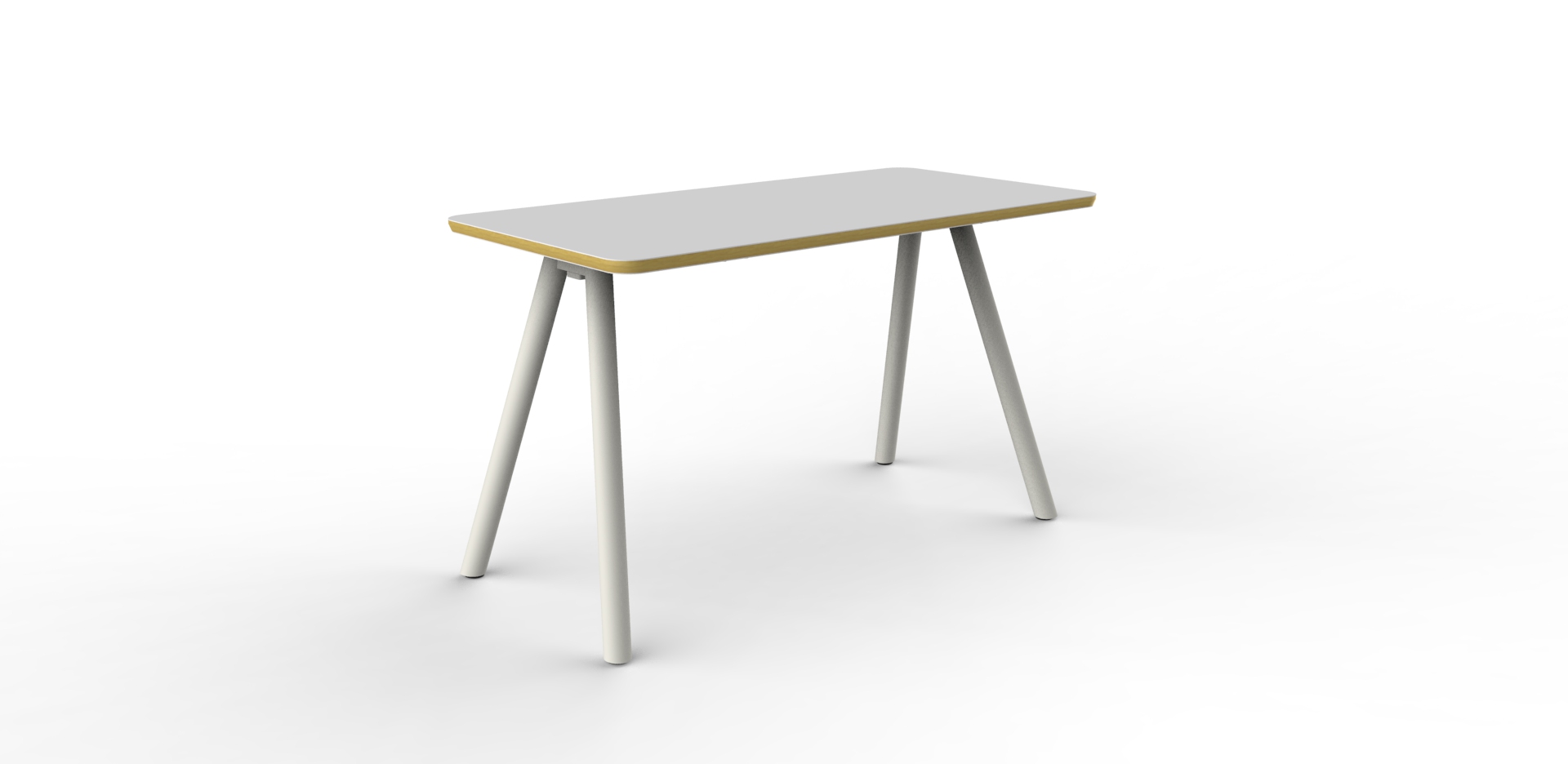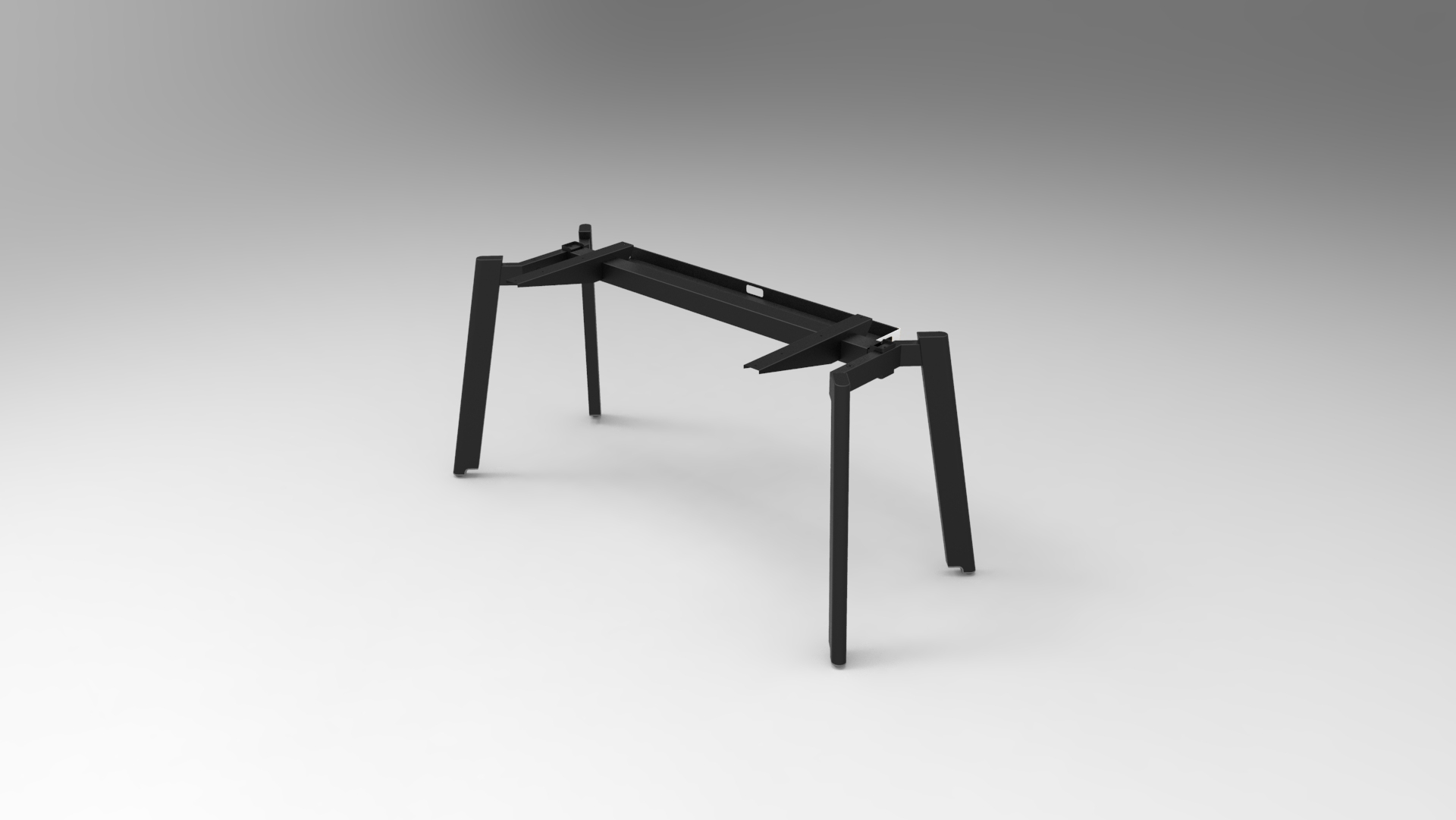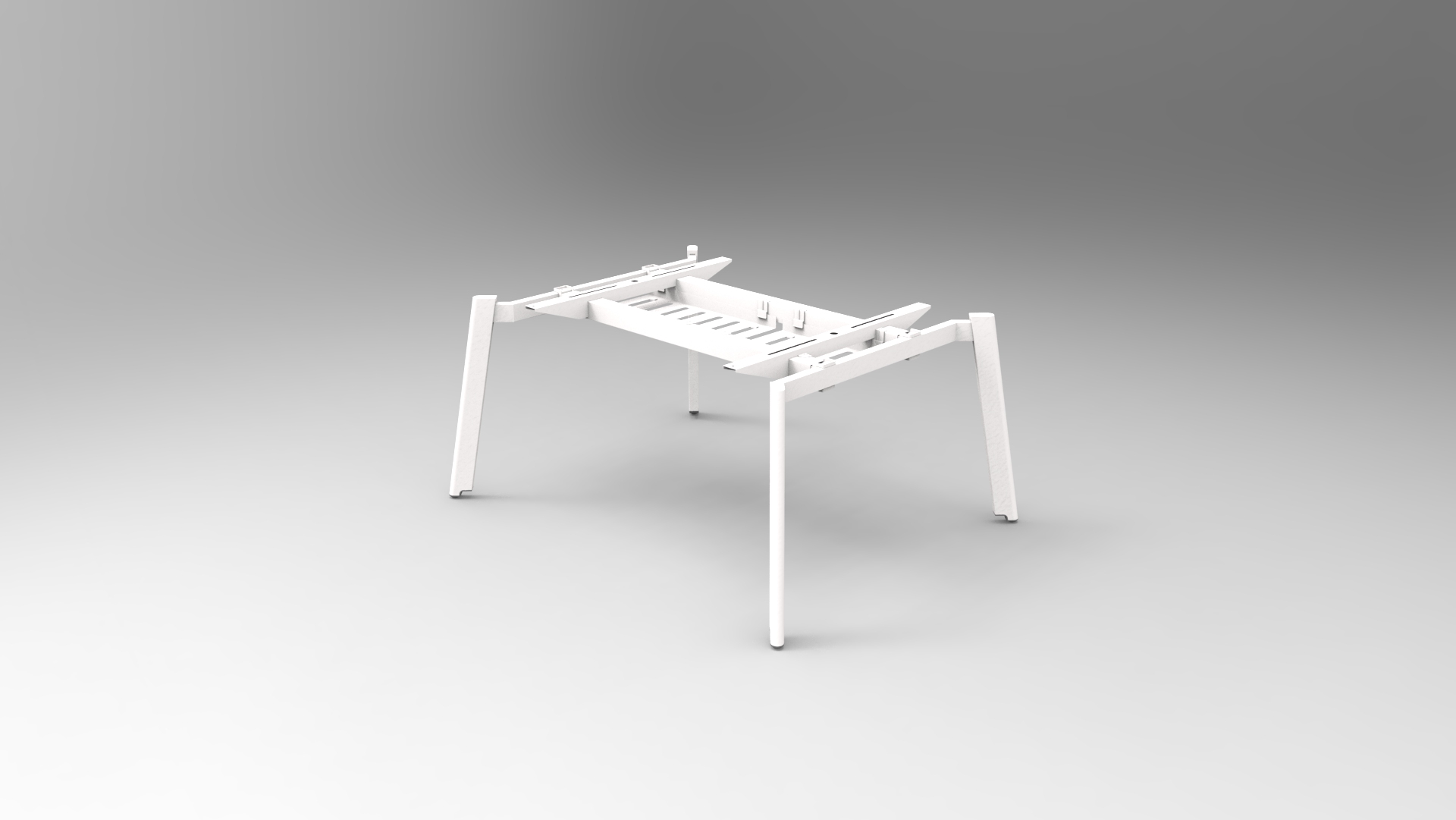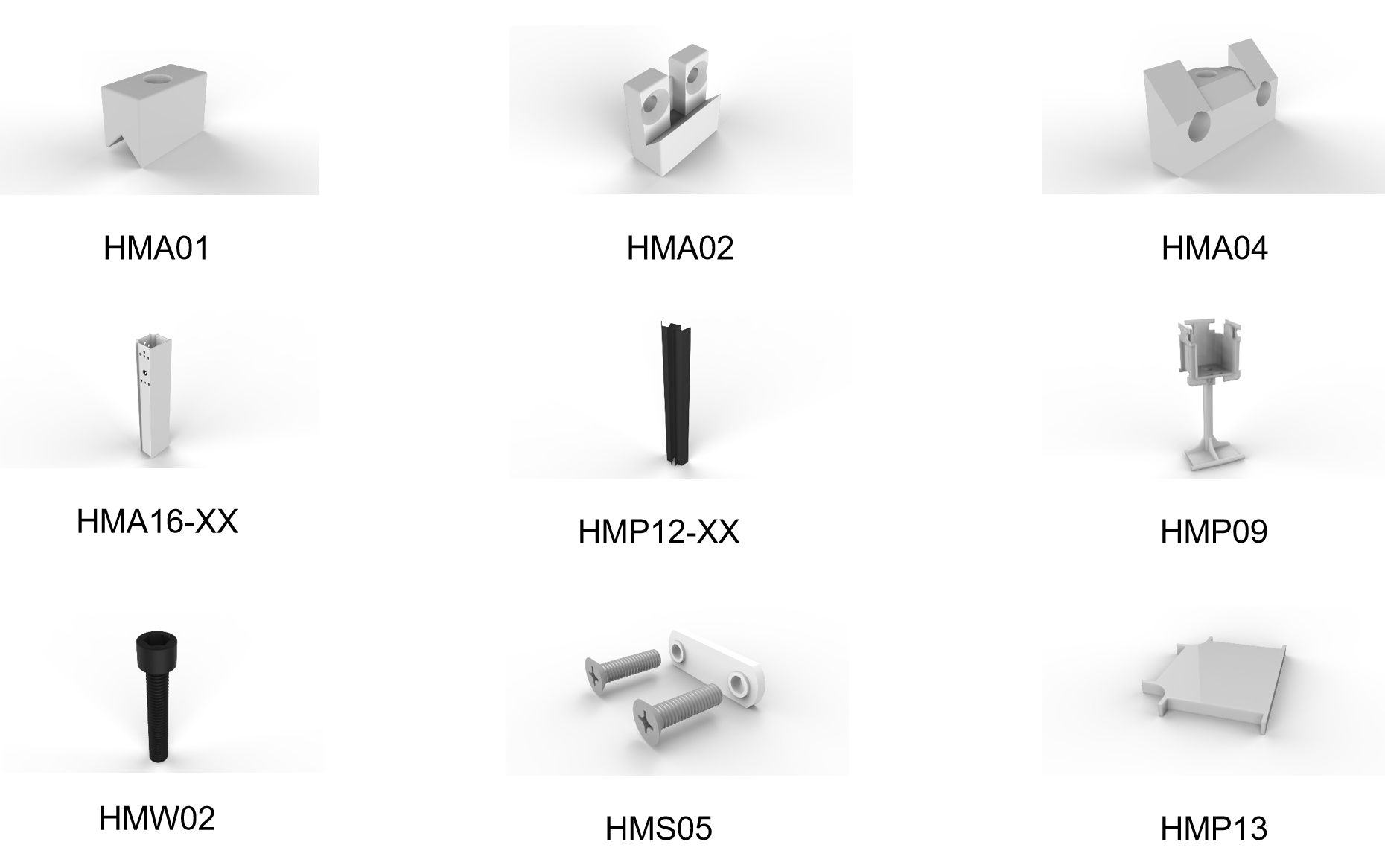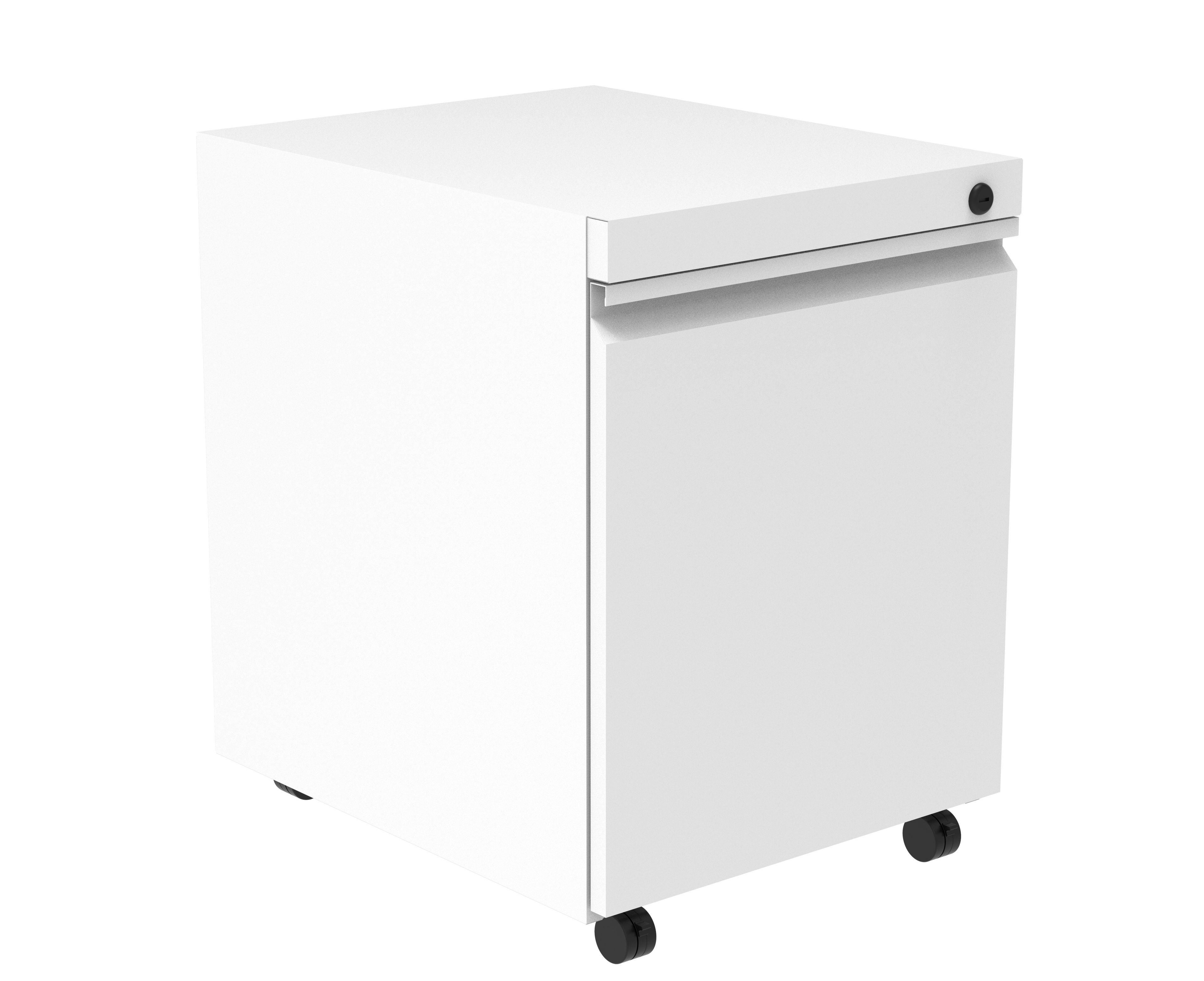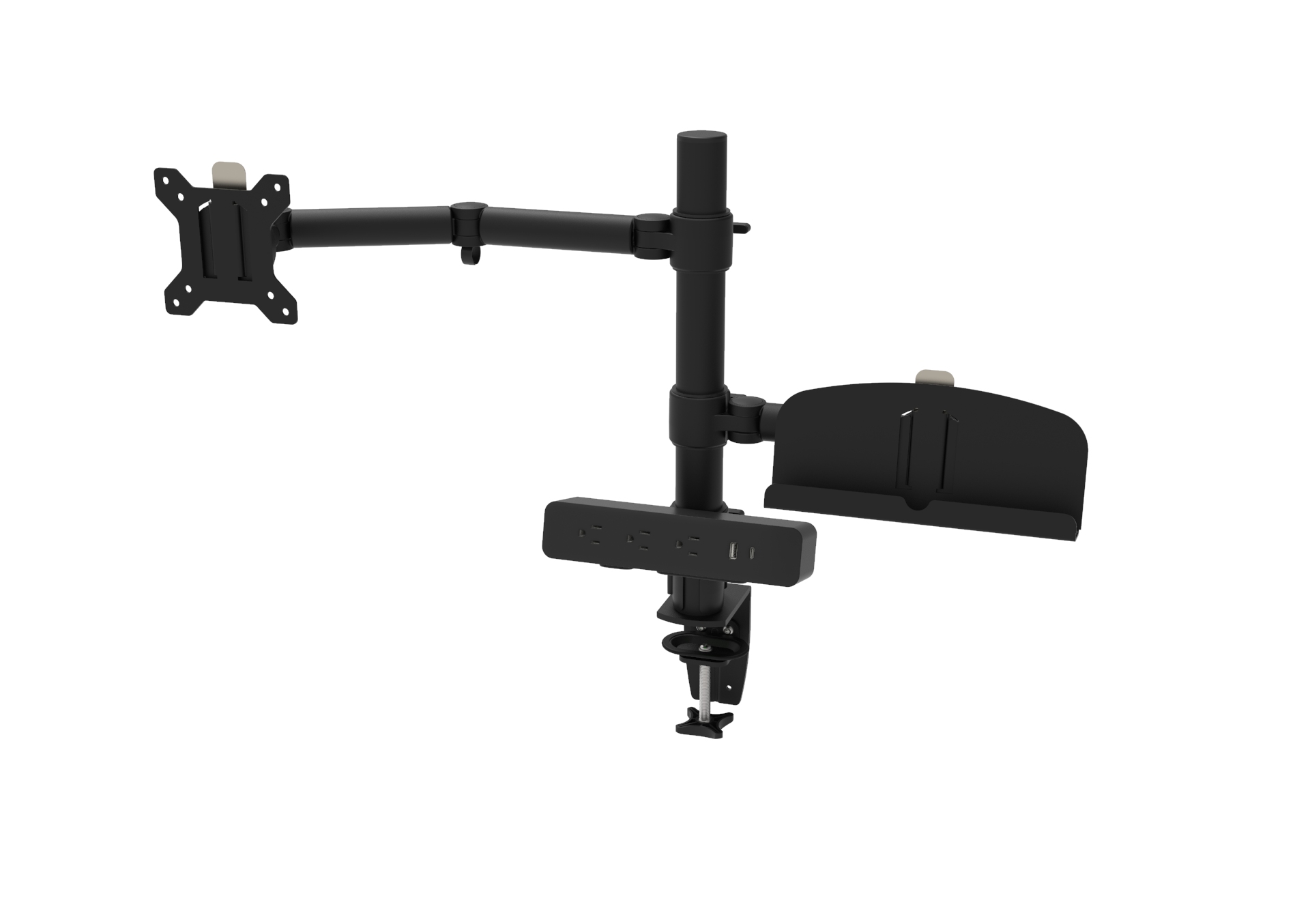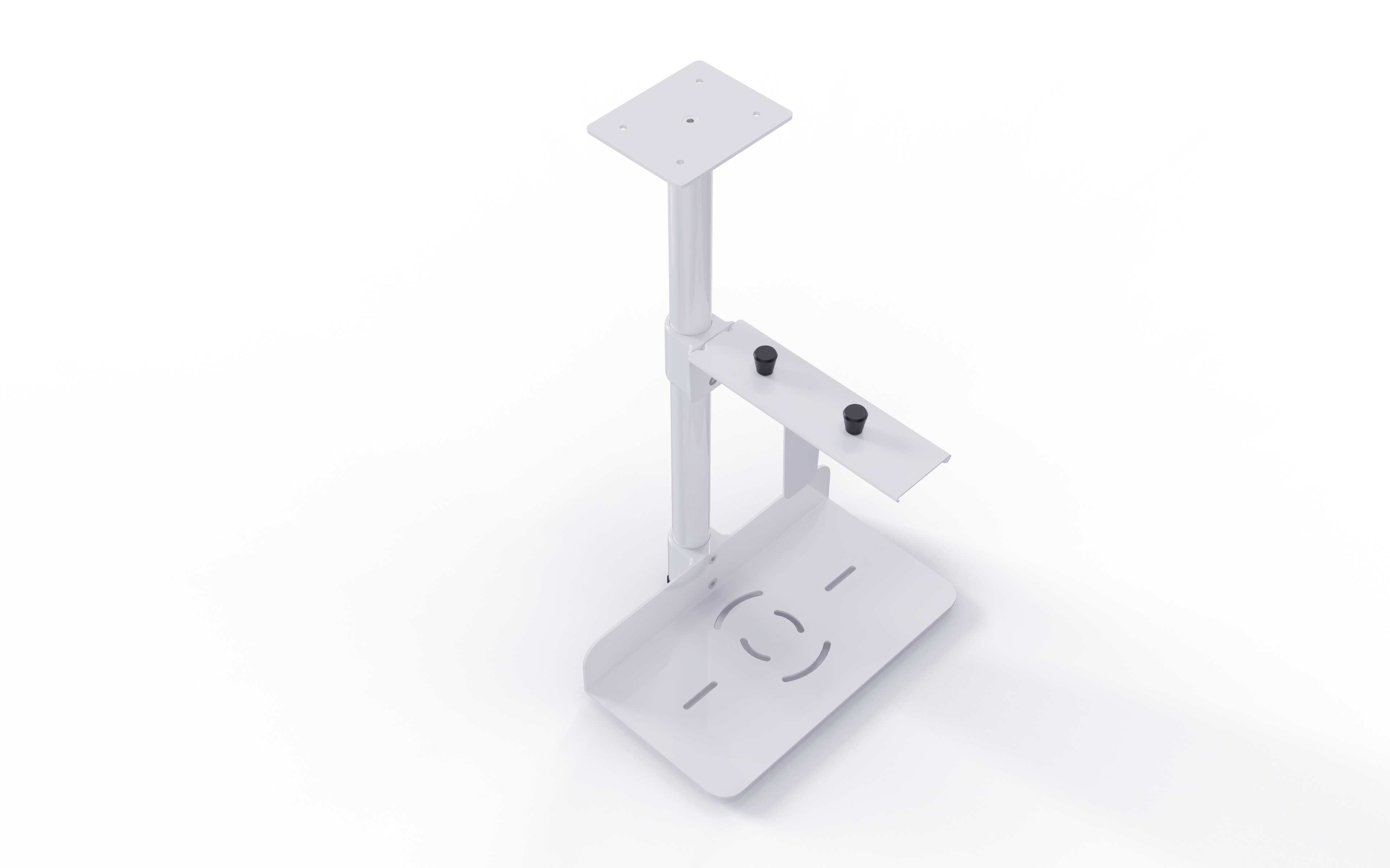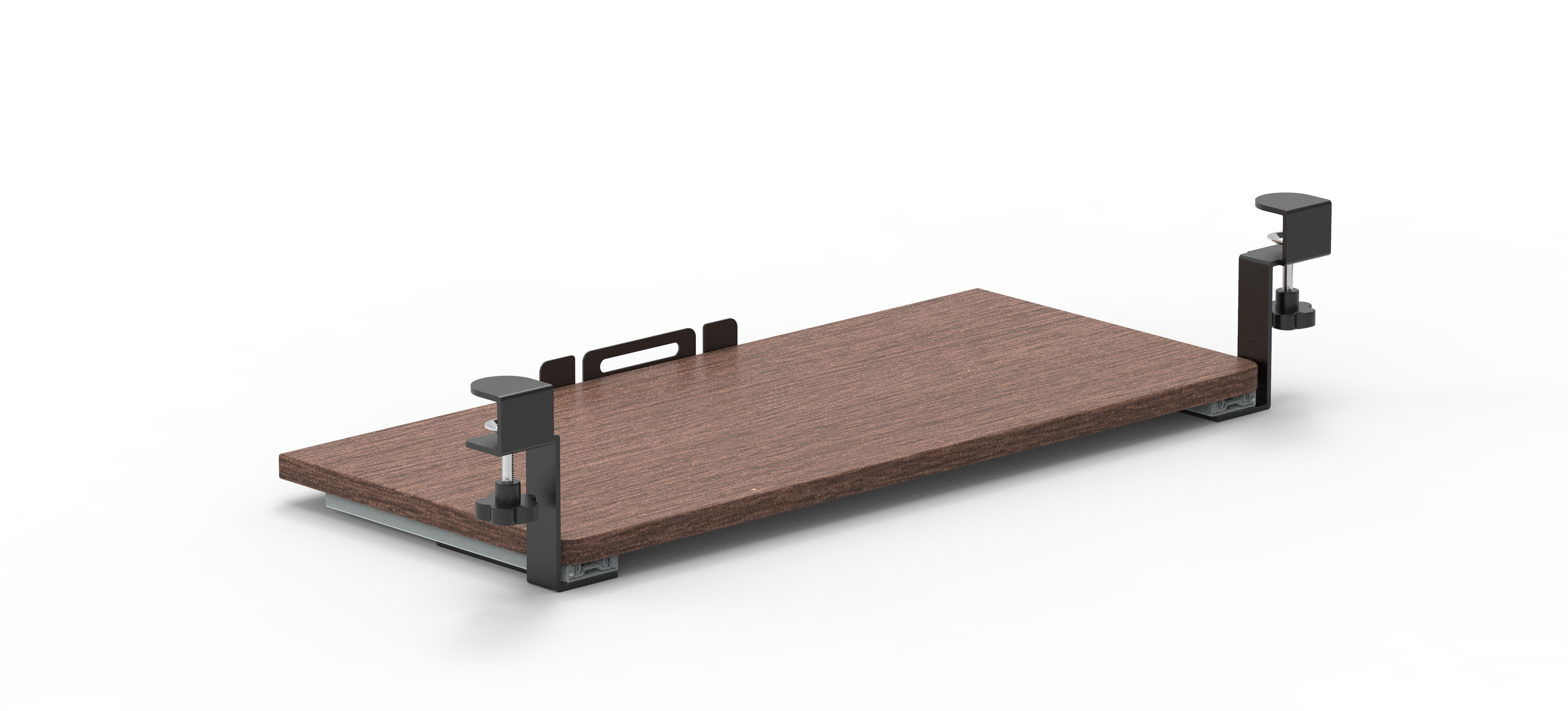Introduction:
In today's fast-paced work environment, employees spend long hours sitting at desks. The consequences of poor posture and uncomfortable office setups can have a significant impact on both productivity and health. Ergonomic office furniture is designed to address these issues, promoting comfort, supporting posture, and reducing the risk of workplace injuries. But how exactly does ergonomic furniture improve your daily work experience?
What is Ergonomic Office Furniture?
Ergonomic office furniture is a category of furniture that is specifically designed to support the body's natural posture and movements. This includes chairs, desks, keyboard trays, monitor stands, and more, all designed with adjustable features to accommodate individual body types and working styles. The goal is to reduce physical strain, minimize discomfort, and foster a healthier and more productive work environment.
Why Ergonomics Matter in the Workplace?
The importance of ergonomics cannot be overstated. Prolonged sitting and poor posture can lead to a variety of health problems, such as back pain, neck strain, and repetitive stress injuries. In fact, studies have shown that poor ergonomics can lead to decreased productivity and increased absenteeism due to discomfort and health issues. Ergonomic office furniture addresses these concerns by promoting proper alignment and reducing the risk of strain. By providing support where it's needed most, ergonomic furniture helps create a more comfortable and efficient workspace.
How Ergonomic Office Furniture Benefits Your Health?
Reduces Back Pain: One of the most common complaints among office workers is back pain. Ergonomic office chairs are designed to support the lower back and encourage a natural spine curve. This reduces pressure on the spine and promotes better posture, preventing back discomfort.
Prevents Neck and Shoulder Strain: Adjustable monitor stands and chairs help position your screen at eye level, reducing the need to bend your neck forward or strain your shoulders. This can significantly reduce the risk of neck and shoulder injuries.
Improves Circulation: Many ergonomic chairs come with features such as seat height adjustment and lumbar support that improve circulation and reduce the risk of blood clots. By ensuring that your legs are at the proper angle and your body is supported, ergonomic furniture helps maintain proper blood flow.
Minimizes Repetitive Stress Injuries (RSIs): Ergonomic desks, chairs, and keyboard placements are designed to keep wrists and hands in neutral positions, reducing the risk of developing conditions such as carpal tunnel syndrome or tendinitis.
How Ergonomics Boosts Productivity?
While ergonomic furniture is primarily designed for health benefits, it also plays a crucial role in improving work efficiency. When employees are comfortable, they are less likely to experience fatigue, discomfort, or distractions caused by pain. This leads to improved concentration, fewer breaks, and higher levels of productivity.
Enhanced Focus and Comfort: A well-designed ergonomic workspace reduces physical distractions, allowing workers to focus on tasks for longer periods. Comfortable employees are more likely to engage in their work without constantly shifting or adjusting their posture.
Increased Energy Levels: Sitting in a chair that supports your body properly allows for better energy flow, meaning you'll feel less fatigued as the day progresses. This increased energy can lead to improved performance and a more positive attitude toward work.
Reduced Absenteeism: Employees who experience fewer injuries and health problems are less likely to take sick days or require medical leave. By investing in ergonomic office furniture, companies can reduce absenteeism and improve overall workforce stability.
How to Choose the Right Ergonomic Office Furniture?
Choosing the right ergonomic office furniture is essential for maximizing its benefits. Here are a few tips:
Adjustability: Look for furniture that can be easily adjusted to fit your body’s unique needs. Chairs should offer height, backrest, and armrest adjustments, while desks should allow for the proper positioning of your monitor, keyboard, and mouse.
Support: Ensure that the furniture provides adequate support for your back, neck, and wrists. A chair with proper lumbar support is a must, as well as a keyboard and monitor setup that encourages a neutral posture.
Quality Materials: Ergonomic furniture should be made from durable, high-quality materials that provide comfort without sacrificing support. Look for breathable fabric on chairs, solid construction, and adjustable features that last.
Conclusion:
Investing in ergonomic office furniture is more than just a luxury - it's a necessity for maintaining health, comfort, and productivity in the workplace. By providing the support your body needs to stay aligned, ergonomic furniture helps prevent injuries and improves overall efficiency. As the world of work continues to evolve, prioritizing ergonomics is key to creating a productive and healthy environment for employees.

